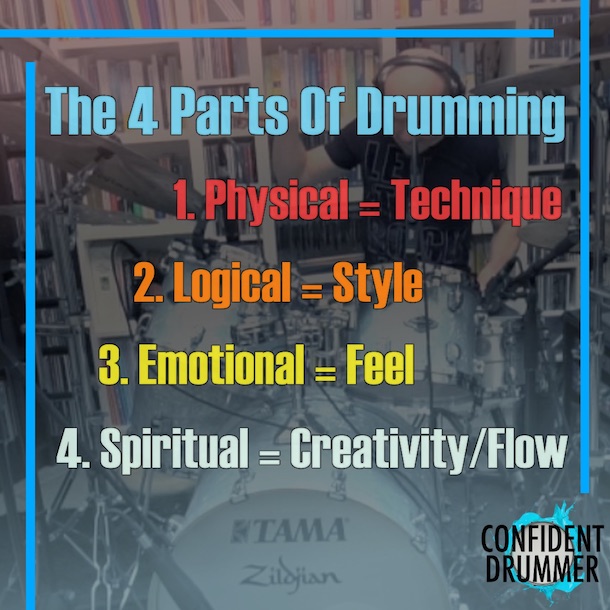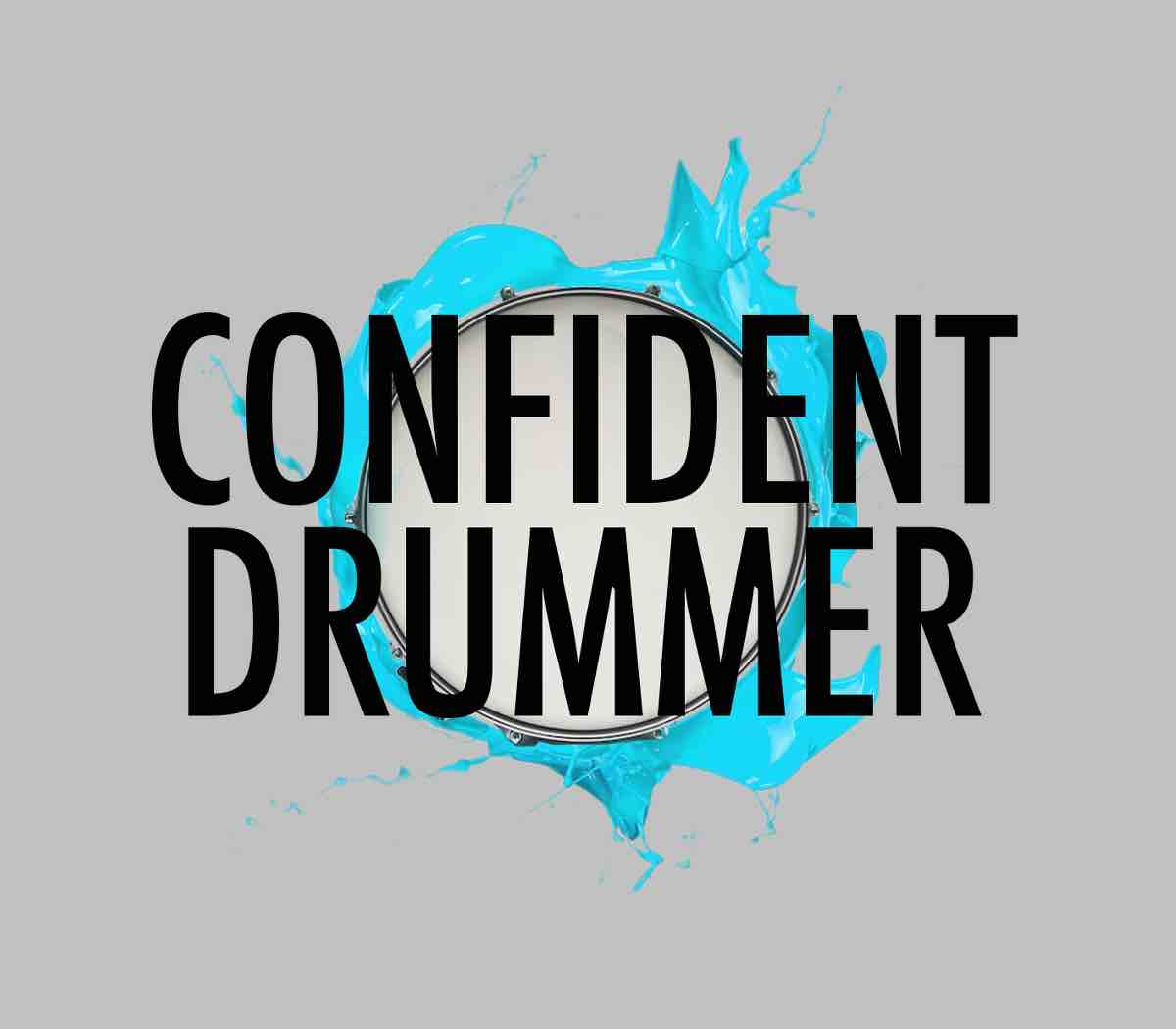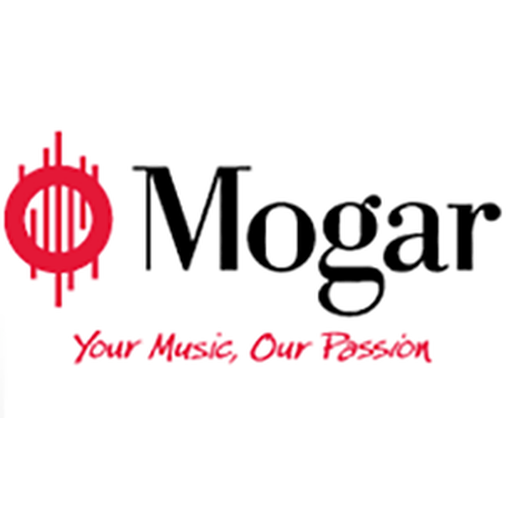Using models and frameworks is extremely useful when trying to master complex subjects like the art of drumming. They are like maps that simplify reality and allow us to understand it better and orient ourselves more effectively in vast and sometime confusing territories.
We are all familiar with their usefulness already: paradigms like ‘inner and outer’, ‘short, medium and long term’ are commonly used in many aspects of our life. For instance, if we have a good drum teacher, he or she has probably showed us how to divide our practice plan in blocks dedicated to short, medium, and long term goals, in order to make the most of it.
Or, if we are facing an obstacle in drumming, we can identity and separate the inner challenges from the outer ones, and so be more effective in tackling them.
A less popular but amazing model is the Physical, Logical, Emotional and Spiritual framework. It works beautifully in all areas of life, it’s elegant and simple to understand and to apply, and has the power to transform our drumming.
So let’s dive right into it:
- The Physical Part: simply put the Physical part is our technique. Since the drums are such a physical instrument, this part is easily mistaken for the only element at play.
We tend to measure our skill level, and that of drummers we listen to, by how much technique they have. But, as we are about to see, that’s only one quarter of the equation. Yes we need technique, but without ears, ideas, style, feel, and creativity, we are just going to sound like robots.
The physical part, however, is very important. We need to constantly keep it in shape. It’s the bodily part: if we are a top athlete we can even win the Olympics, but if we don’t keep up our training, one year later we’d finish last. So we need to keep this part fit, do maintenance practice and study regularly.
- The Logical Part: this part governs our musical concept, and our style. That’s where most of our personality is, and also that’s where we combine ideas and make decisions about our approach to music.
For instance: do we believe that less is more or that more is more? Do we specialize in one musical genre or prefer to be all around drummers? How do we approach playing a song? What cymbals, drums, heads and tuning do we use? That’s all determined by our musical aesthetic concept.
The logical part is where our ideas take shape. The physical part is what allows us to express them accurately.
- The Emotional Part: this part needs no presentation. It’s the emotion contained in what we play. It’s our feeI. Personally I consider this to be the most important part.
Music is communication, and the deepest level of communication is the emotional level, because we are emotional creatures. We don’t go to live shows, spend lots of money on tickets, and drive for 3 hours, only to see how good the musicians on stage are. We go because we know we are going to experience strong emotions, and we love that.
As drummers, the more emotions we feel as we perform, the more developed this part is, the more the listener will be hypnotized by what we play. No matter how trite it is (lack of logical part), and no matter how imperfect (lack of physical part).

- The Spiritual Part: it’s the creative part. The word spiritual is still controversial to many, but it doesn’t have to be. To me, spiritual just means that it transcends and goes beyond the rational, the logically explainable, the tangible matter.
In our culture it’s becoming more and more accepted and mainstream that there’s a part of us beyond the mind, that is where the good stuff is: creativity, joy, authenticity, love, expression.
Spiritual simply means and refers to all that is free of the mind, and happens spontaneously in each present moment. Creativity is definitely coming from something we can’t point to, and is never a product of the mind. Whoever plays an musical instrument or makes art, is spiritual. Whether he knows it or not.
It’s a crucial distinction to make, because there’s a lot of confusion about this. We tend to mistakenly think that is the mind that makes us creative, when we are ‘inspired’. Just notice, next time you are inspired, that simply you are not doing anything: it all happens by itself, you are just watching it unfold and have no way to control it. That’s what it means to be in a flow state. You can only be open and let it happen, but you can’t make it happen.
This explains why writers often say that the words or the songs don’t come from them, they just appear effortlessly, they just come out naturally. And also explains why they can write a great song in 10 minutes, but when they try to force it (that is, create from the mind) they can never do it and experience the infamous artist’s block.
All great drummers, when they play at their best, they are doing it from a condition of no mind and thoughts. You don’t have to be ‘spiritual’ to do that, you just have to move your mind out of the way and just ‘be’. As Vinnie Colaiuta said ‘Thought is the enemy of flow’: that’s exactly how this works, and it’s very important, because as long as you are thinking, you can’t sound good, or make art. No beautiful art comes from the mind. Bad art, and bad music, do.
Of course the word spiritual is just a label (which by the way has nothing to do with religion), so call it however you like. Just know this part is there.
So, how can we apply this model and benefit from it? First of all, I invite you to think about it and notice how amazingly accurate it is. That’s because it’s based on the very structure of our brain, the way it evolved and it’s layered, and on the fundamental aspects that are part of being a human.
Furthermore, any time you face a challenge, you can now divide it into these 4 parts, and so pinpoint where the issue is. Something is not working because there’s an obstacle in the physical, conceptual, emotional or creative domain?
Then you can have fun with these 2 exercises:
1- Analyze yourself: where do you stand in each of these areas? And use what you find out to work on the parts that are less developed in you.
2- Analyze great drummers and notice what’s going on. Also, what combination of the four parts does your favourite drummer have? And how does that relate to your unique combination?
If you want to go deeper and discover more about this, and dozens of powerful ideas, I recommend you check out Actualized Drummer, it’s 600 pages full of cutting edge concepts, strategies, and exercises designed to help you reach your full potential and grow as a musician and as person:
‘Actualized Drummer – Paths To Reach Your Full Potential’



















